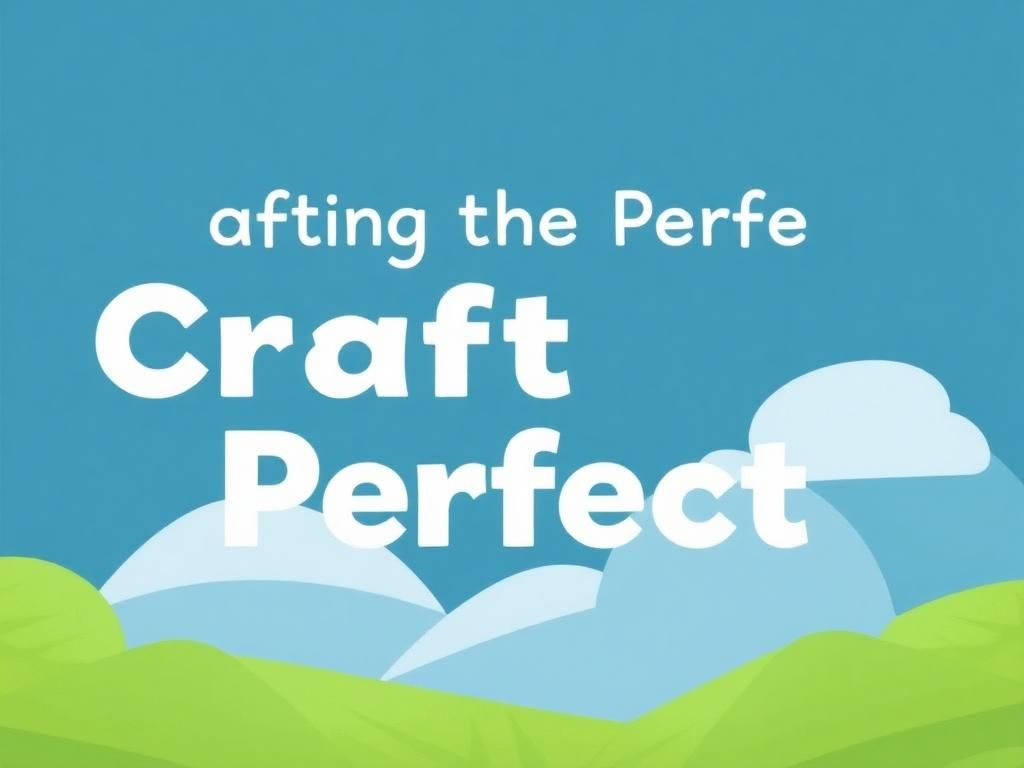Responding to greetings is a crucial part of interpersonal communication, shaping how we connect with others. One common phrase we often encounter is “hope you are doing great.” This friendly inquiry serves as a polite way to check in and acknowledge the other person’s well-being. The aim of this article is to provide comprehensive guidance on how to craft an appropriate reply to this phrase, ensuring your response resonates positively with the sender while enhancing your communication skills.
Understanding the Context
Different Scenarios for Usage
It’s essential to recognize the various contexts in which the phrase “hope you are doing great” might be used. Each scenario calls for a different approach in crafting a suitable reply:
– **Friendly Conversation**: In casual interactions, such as chats with friends or acquaintances, this phrase is often used to initiate a relaxed conversation.
– **Professional Emails or Messages**: In a work-related context, the same phrase conveys professionalism and a genuine interest in the recipient’s well-being. Here, responses should reflect a more formal tone.
– **Social Media Interactions**: On platforms like Facebook, Instagram, or LinkedIn, this greeting can vary in tone and requires a level of informality or friendliness based on the relationship with the sender.
Tone and Nuance
Understanding the tone and nuance behind the phrase is critical:
– **Casual vs. Formal Contexts**: A response in a friendly context can be light-hearted, while a reply in a formal setting should remain professional and polite.
– **Cultural Variations in Greetings**: Different cultures may have their interpretations or variations of greetings, impacting how you respond. For example, in some cultures, directness is valued, while others prefer a more subtle approach.
Types of Replies
Simple Responses
Sometimes, less is more. A straightforward acknowledgement can suffice:
– **Examples**:
– “Thank you! I’m doing well!”
– “I appreciate that!”
These simple responses express gratitude and acknowledge the sentiment without delving into personal details.
Engaging Replies
A more engaging reply can foster a deeper connection:
– **Examples**:
– “Thanks! I’ve been busy working on a new project.”
These responses not only acknowledge the greeting but also invite further dialogue.
Professional Replies
When replying in a professional context, maintaining a balance between friendliness and professionalism is essential:
– **Examples**:
– “Thank you! I hope the same for you. Looking forward to our meeting.”
This approach conveys both respect and enthusiasm for further interaction.
Humor in Responses
Injecting humor can lighten the mood and make your response memorable:
– **Examples**:
– “I’m doing great, just trying to outrun my to-do list!”
Utilizing light-hearted humor can create a friendly atmosphere, making the conversation more enjoyable.
Crafting the Perfect Reply
Consider the Relationship
Understanding your relationship with the sender can significantly influence your response:
– **Assessing the Closeness with the Sender**: The closer you are, the more personal your response can be. Conversely, maintain formality with distant acquaintances.
– **Tailoring the Reply to Fit the Relationship**: Match your tone and content based on your relationship dynamics.
Adding Personal Touches
Including personal experiences can enhance the authenticity of your reply:
– **Sharing Recent Experiences or Feelings**: A statement like “I recently started a new hobby!” makes your response relatable.
– **Asking Them How They Are Doing in Return**: Phrasing like “Hope you’re well too!” invites the sender into a two-way conversation.
Using Open-Ended Questions
Encouraging further dialogue can propel the conversation forward:
– **Examples**:
– “Thanks! How about you? Any plans for the weekend?”
Open-ended questions allow the sender to share more, enriching the conversation.
Common Mistakes to Avoid
Overly Generic Responses
Using canned responses can come off as insincere:
– **Risks of Sounding Insincere**: Phrases like “I’m fine” without personal context may lead to disengagement.
Ignoring the Sender’s Sentiment
Neglecting to acknowledge the warmth of the message can seem dismissive:
– **Failing to Acknowledge the Message’s Warmth**: Always reflect the sender’s sentiment in your response.
Being Too Personal in Professional Settings
Striking the right balance is key:
– **Keeping it Balanced and Appropriate**: Avoid overly personal anecdotes in professional exchanges.
Sample Replies for Different Scenarios
Casual Conversations
Casual replies can reflect your friendliness:
– **Examples**:
– “Hey! I’m doing great, thanks for asking! What about you?”
Professional Settings
Maintain professionalism in work-related exchanges:
– **Examples**:
– “Thank you for your message! I hope you are well too.”
Reconnecting with Friends
Reconnecting offers a chance for warmth and engagement:
– **Examples**:
– “It’s so nice to hear from you! I’m doing really well, how are you?”
When to Use Alternative Responses
Different Feelings and Situations
It’s okay to express when you’re not doing great:
– **Examples**:
– “Thanks for asking! It’s been a bit of a rough week, but I’m managing.”
Honest replies foster genuine connections, making your communication more authentic.
Context-Specific Alternatives
Tailor your response to fit various emotional situations:
– **Examples**:
– “Thank you! Just navigating some challenges, but staying positive!”
This approach showcases resilience while remaining positive.
Conclusion
Crafting thoughtful replies is vital in maintaining connections. Personalizing your communication enhances relationships and fosters deeper connections. As you respond to greetings with the phrase “hope you are doing great,” consider the context, your relationship with the sender, and the emotional tone behind your words.
Additional Resources
For further reading on communication skills, consider visiting [MindTools](https://www.mindtools.com) for practical advice or [Harvard Business Review](https://hbr.org) for insights on effective interpersonal communication.
| Scenario | Example Reply | Notes |
|---|---|---|
| Casual Conversation | “Hey! I’m doing great, thanks! What about you?” | Maintain a friendly tone. |
| Professional Email | “Thank you! I hope the same for you.” | Keep it formal and courteous. |
| Reconnecting with Friends | “So nice to hear from you! I’m doing well, how about you?” | Encourage a nostalgic connection. |
| Using Humor | “I’m great, just trying to outrun my to-do list!” | Use humor to lighten the conversation. |
FAQ Section
1. How should I respond if I’m not doing great?
It’s okay to be honest; consider saying, “Thank you for asking! I’m managing despite some challenges.”
2. Can I use humor in professional replies?
While humor can be effective, ensure it aligns with workplace culture and the sender’s personality.

3. What is the best way to initiate a conversation after a quick reply?
Follow up with an open-ended question, such as “How have you been lately?” to keep the conversation flowing.
4. Is it necessary to ask the sender how they are doing in return?
Yes, asking about their well-being shows interest and fosters engagement.
5. What if the sender uses a different greeting or phrase?
Adapt your response to match their tone while integrating your personal style.
6. How can I make my reply sound more sincere?
Incorporate personal anecdotes and express genuine feelings or gratitude in your response.
7. Should my reply change based on the medium (text, email, social media)?
Yes, the medium may dictate the tone, length, and level of formality of your response.
8. How can I improve my overall response skills?
Practice active listening, engage in conversations frequently, and reflect on past responses for improvement.
9. What if I don’t know the sender well?
Keep your responses polite and professional, avoiding overly personal details.
10. Can I ignore the greeting if I’m busy?
While not ideal, if time is short, a brief acknowledgment like “I appreciate the sentiment!” may suffice, but aim to engage when possible.

